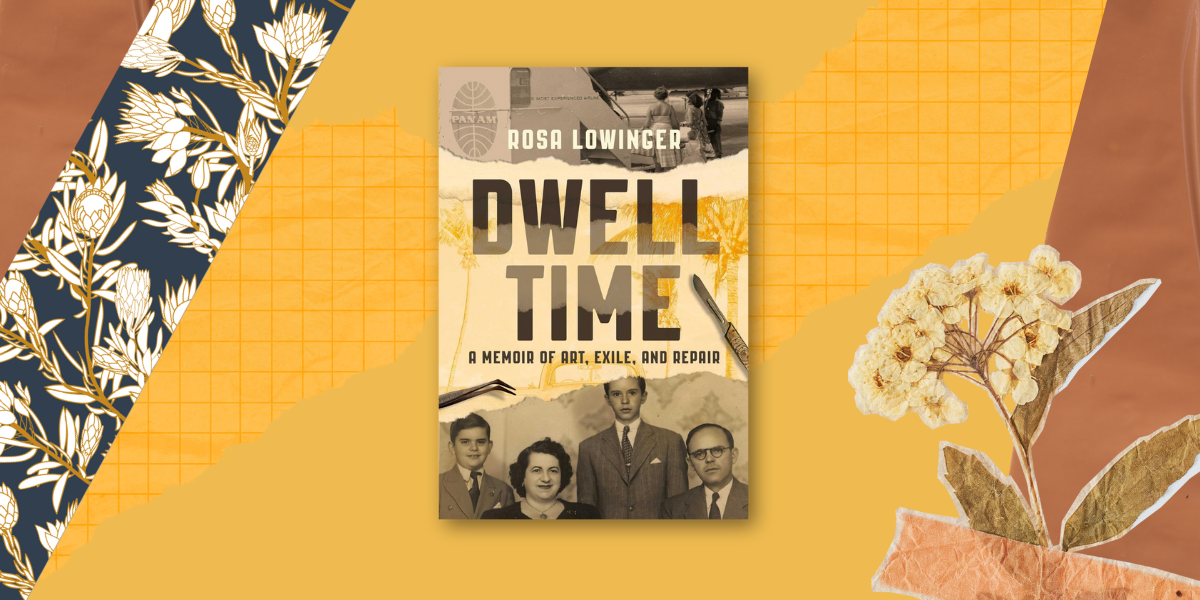Books
‘Dwell Time: A Memoir of Art, Exile, and Repair’

Dwell Time: A Memoir of Art, Exile, and Repair
By Rosa Lowinger (Simon & Schuster)
Books about art conservation aren’t generally described as page-turners. Even for many art professionals, conservation is the nerdy companion of art history—the place where scientific precision meets expressive brushstrokes and bohemian characters. The results of art conservation are undeniably impressive, but the processes themselves are dry and opaque.
Remarkably, the complete opposite is true of art conservator Rosa Lowinger’s spellbinding memoir, Dwell Time.
In this book, Lowinger expertly grafts her personal history with her decades of conservation experience, exploring her experiences with one material at a time, divided by chapters. She starts with marble and progresses through paper, pigment, silver and bronze. With each new substance restituted from the ravages of time and other destroyers, she comes to a greater reparation of herself. A Cuban-born woman raised by Ashkenazi Jews whose parents left Europe for the United States but ended up in Havana, Lowinger contends with generational trauma, the struggles of exile and the challenges of caring for aging parents.
Lowinger uses the ways that different materials disintegrate and the methods for conserving them as metaphors for the painful breaks in her family’s history. She cites, for example, how hairline cracks in reinforced concrete slowly let salt, air and water seep in over time, causing the reinforced steel inside to rust and enlarge the cracks. She compares this to fault lines in her parents’ marriage. “Cracks appear like jagged wounds, bleeding orange rust,” Lowinger writes. “The stains are cries of accusation at those who have failed to provide the regular maintenance that is as necessary for aging concrete as upkeep is for marriage.”
If rusted concrete is what she equates with her parents’ turbulent marriage, Lowinger has an inventory of damaged materials that stand in for her mom—a woman whose own mother died in childbirth, leaving her with an alcoholic father who raised her in extreme poverty before sending her to an orphanage. “She is a cracked mosaic, a marble with iron inclusions, a ceramic whose glaze does not bond well to the substrate. An object of sublime beauty and value fabricated with inherent vice,” Lowinger describes in the penultimate chapter, before asking: “Is it my responsibility to mend her troubles?”
Ultimately, Dwell Time honors damage as much as it does the desire for tikkun, repair. It is a beautifully written text that intertwines repairing the outside world and the one within.
“This is a love story to conservation,” Lowinger writes in her acknowledgements, “a profession that honors change, over time, and the beauty within damaged things.”
Karen Chernick is an art historian and writer living in Tel Aviv who specializes in arts, culture, food and travel.










 Facebook
Facebook Instagram
Instagram Twitter
Twitter
Leave a Reply